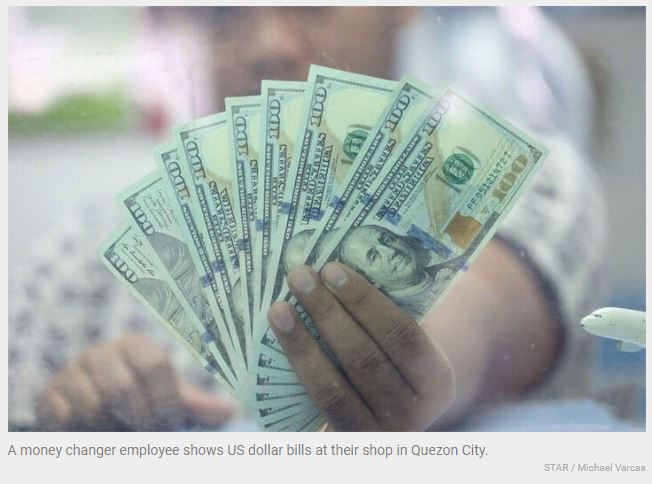Philippines attracts more speculative funds ‘
Hot money’ net inflow hits $292 million in January
MANILA, Philippines — The net inflow of foreign portfolio investments or speculative funds hit a two-month high of $292.12 million in January, 20 times the $14.6 million inflow recorded in the same month last year, according to the Bangko Sentral ng Pilipinas (BSP). Michael Ricafort, chief economist at Rizal Commercial Banking Corp., said that the net hot money inflow continued for the fourth straight consecutive month and was the highest since the $488.75 million booked last November.
Ricafort attributed the strong inflows to the gains in the global and local financial markets last month amid the economic reopening in China after COVID restrictions were eased, as well as the market sentiment supported by the continued easing trend in US inflation, along with the smaller rate hikes by the US Federal Reserve.
The economist also cited the government’s measures to further reopen the local economy toward greater normalcy that fundamentally led to more employment, sales, earnings/net income and better investment valuations.
Foreign investments registered by the BSP through authorized agent banks are also known as hot money or speculative funds, as these flow regularly between financial markets as investors attempt to ensure they get the highest short-term interest rates possible.
Data released by the central bank showed that gross inflow of speculative funds jumped by 37.2 percent to $1 billion in January from $731.42 million in the same month last year.
According to the BSP, the bulk or 62.8 percent of the funds were invested in securities listed on the Philippine Stock Exchange (PSE), particularly in banks; holding firms; property; food, beverage and tobacco, as well as electricity, energy, power and water.
The central bank said 37.2 percent went to investments in peso government securities, while the balance of less than one percent went to other instruments.
Inflows, the BSP added, came from the United Kingdom, the United States, Singapore, Luxembourg and Hong Kong.
These places accounted for 83.8 percent of the total inflows last month.
On the other hand, the amount of withdrawals was almost unchanged at $711.79 million last month from $716.82 million in January last year.
Ricafort said the better net foreign investment data was also due to a relatively stronger peso exchange rate that supported market sentiment, amid recent measures to stabilize both the peso exchange rate and overall inflation.
Due to the aggressive rate hikes delivered by the BSP and its active participation in the foreign exchange market, the local currency has rebounded strongly back to the 53 to $1 handle early this month after slumping to a record low of 59 to $1 last October due to the aggressive rate hikes delivered by the US Fed.
However, for the coming months, offsetting risk factors include higher inflation, higher interest rates, higher Fed rate peak/terminal rate amid slower-than-expected easing in US inflation gauges in the quest to bring down US inflation to the Fed’s target of two percent, risk of recession in the US, complicated economic reopening narrative in China, and geopolitical risks,” he added.
The Philippines booked a net inflow of foreign portfolio investments or speculative funds amounting to $886.7 million last year, reversing the net outflow of $574.5 million recorded in 2021.
The net inflow was way below the revised $3.5 billion projection set by the Bangko Sentral ng Pilipinas (BSP).
The Philippines missed its $3.5 billion target, as it only booked a net inflow of foreign portfolio investments amounting to $886.7 million, but a reversal of the $574.5 million net outflow recorded in 2021.
For this year, the BSP is looking at a net inflow of speculative funds amounting to $5 billion.
Source: https://www.philstar.com/business/2023/02/24/2247149/philippines-attracts-more-speculative-funds-


 English
English




